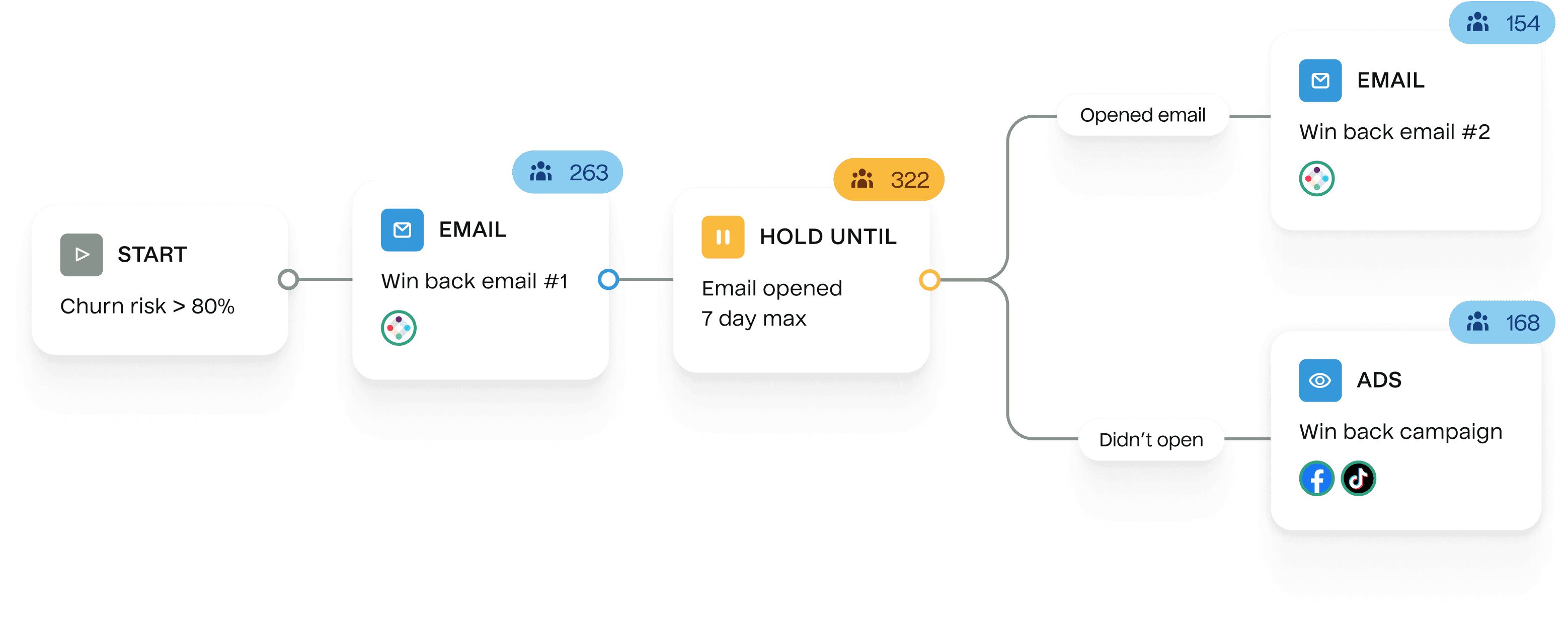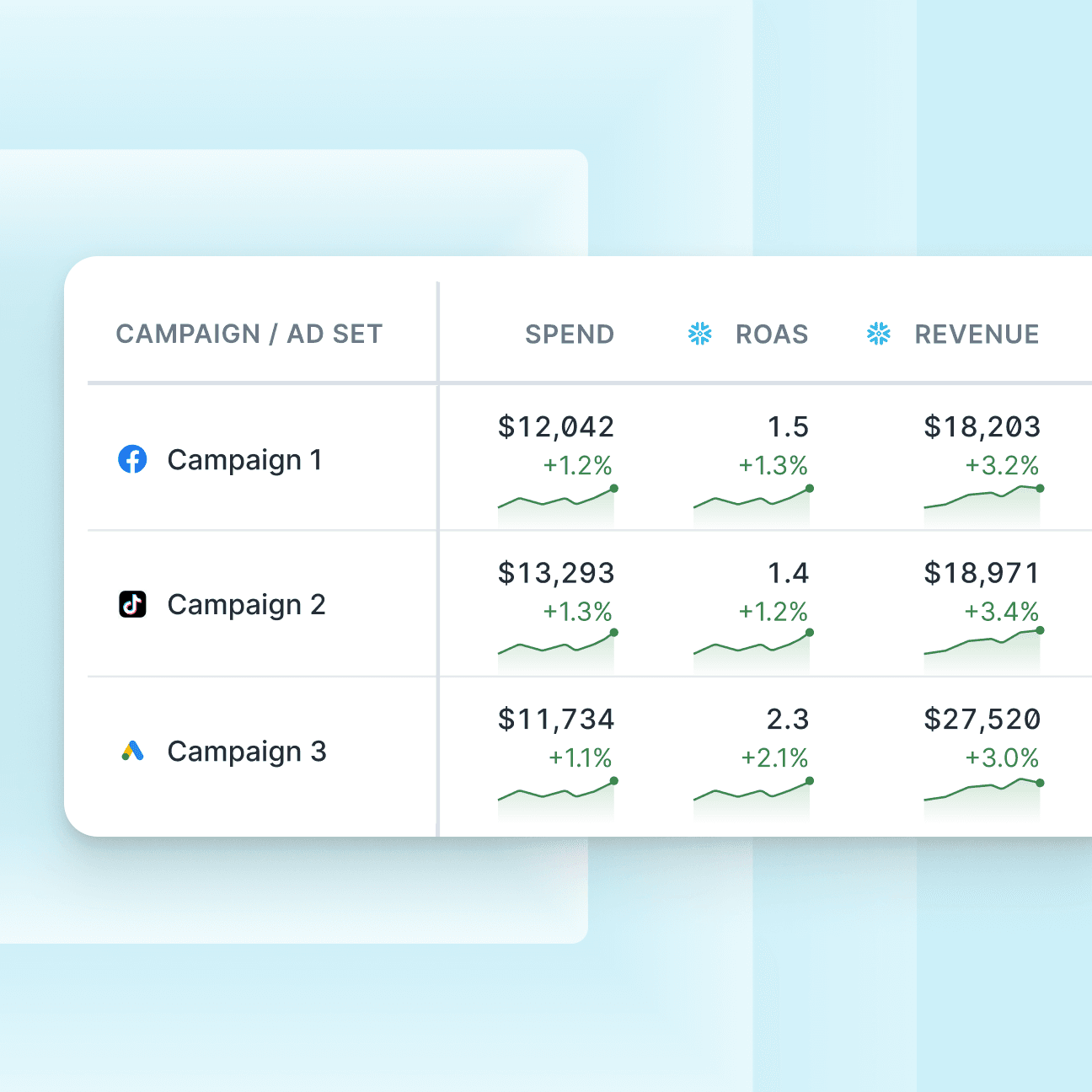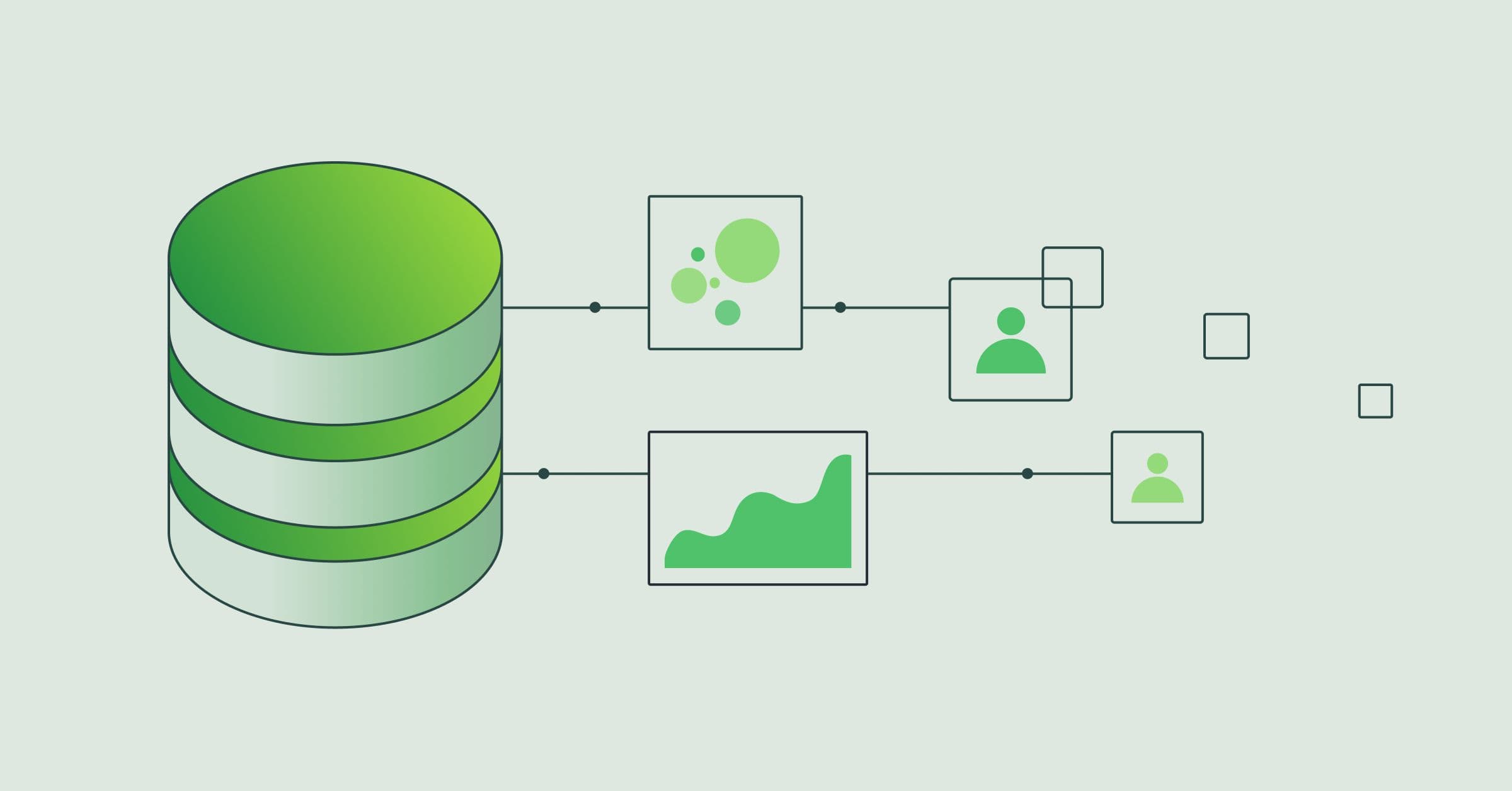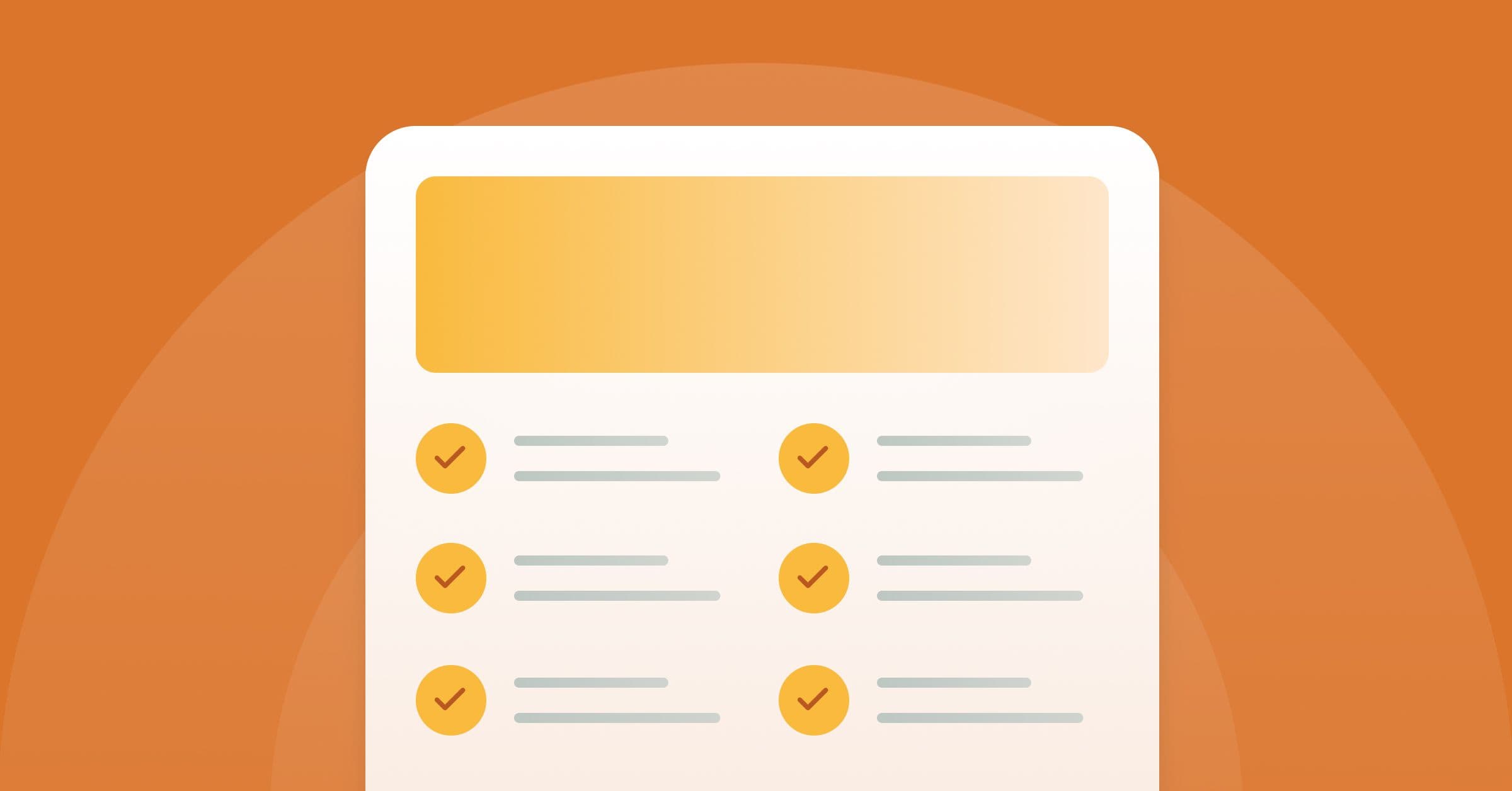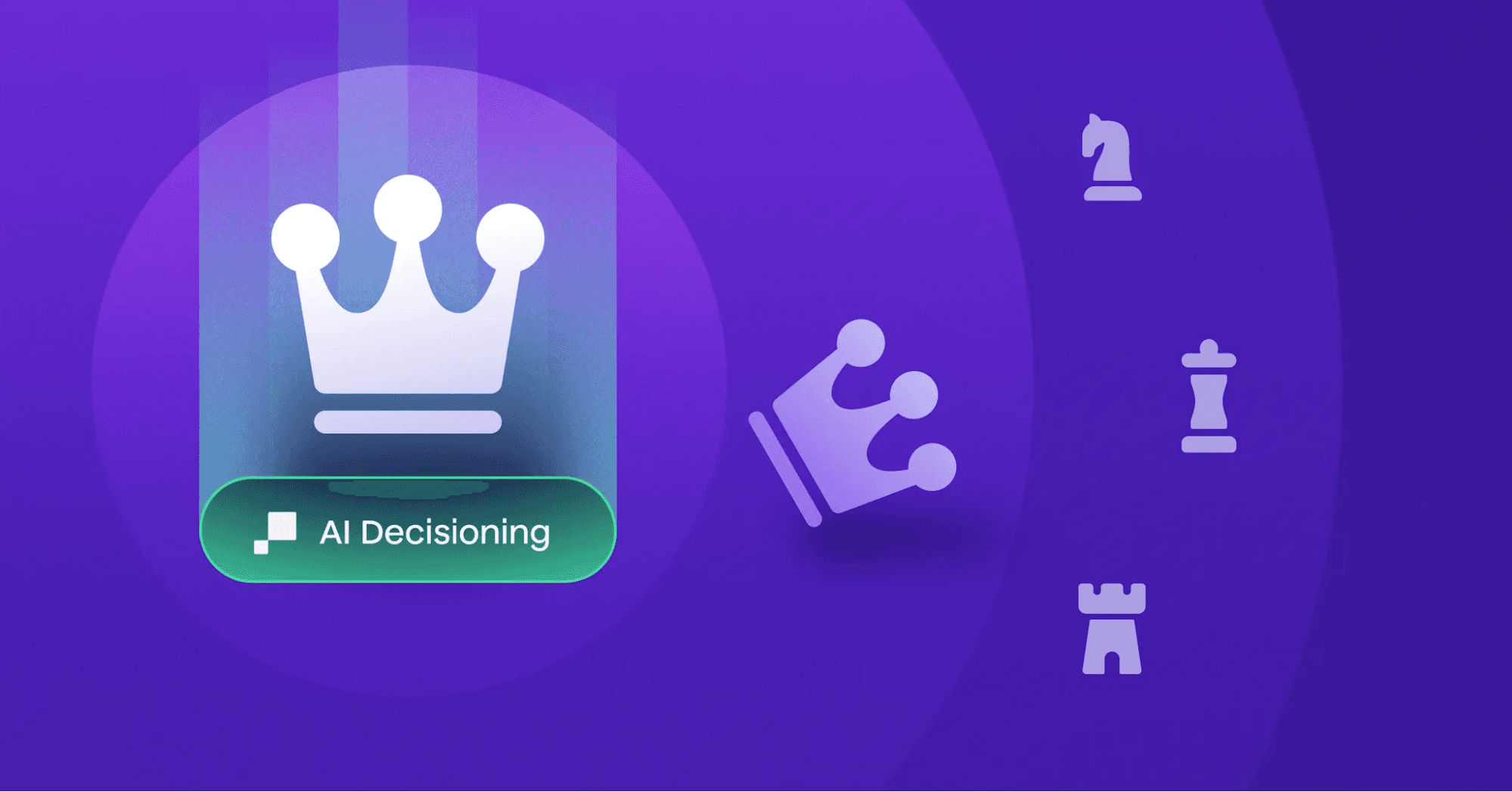The ultimate guide to CDPs for D2C
Learn everything there is to know about CDPs in D2C, including global trends, key insights, use cases, how leading brands are leveraging personalization, and a framework for evaluating CDP vendors.
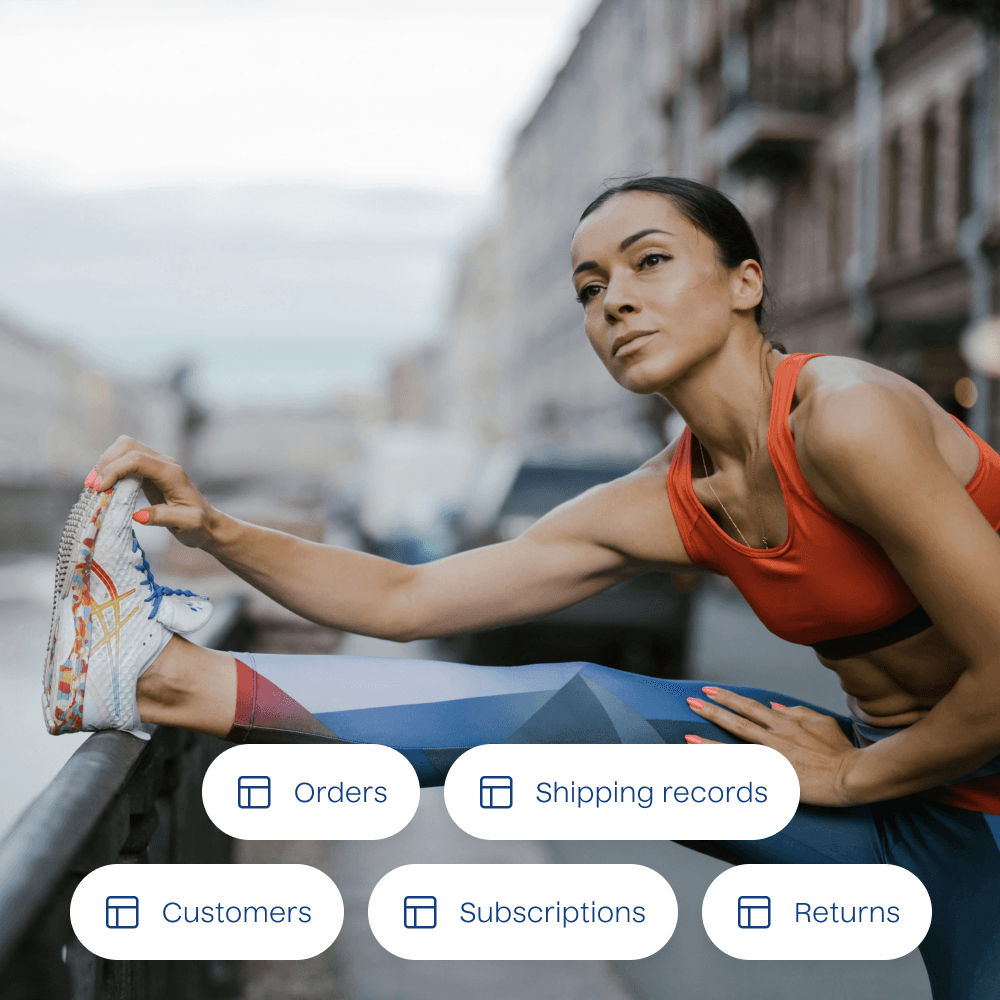
Why are brands adopting CDPs?
D2C customers are overwhelmed with choices because they’re inundated with options for nearly every product category. Customers crave relevancy and authenticity. With 80% of revenue coming from just 20% of customers,1 customer loyalty is everything. Data is your only advantage to stand out in a sea of virtually endless options.
Industry leaders in D2C differentiate themselves with personalization
Warby Parker uses advanced AI to build highly curated customer journeys and drive users towards specific outcomes
True Classic runs thousands of experiments to optimize creative, messaging, targeting, and post-purchase offers
Casper launched AI agent to provide personalized, real-time responses and recommendations to customers based on their preferences and needs
D2C use cases
Acquisition campaigns
Drive new customer acquisition using demographic and interest data to target potential customers and lookalike audiences with first-time discounts, increasing your customer base while reducing CAC.
Suppression campaigns
Reduce wasted ad spend by suppressing frequent buyers from acquisition campaigns using CRM data, reallocating budget toward untapped or lapsed customers.
Retargeting campaigns
Recover abandoned carts by serving dynamic ads featuring cart items with personalized offers, driving incremental conversions and recovering lost revenue.
Cross-sell campaigns
Increase AOV by promoting complementary products using purchase history to serve targeted ads, driving incremental revenue and deepening customer engagement.
Conversion APIs
Share online and offline conversion data with ad platforms, enabling algorithms to better identify and target users with a higher likelihood of converting to improve campaign performance.
Media networks
Monetize consumer insights by offering anonymized audience segments to brand partners for targeted advertising, generating incremental revenue through premium audience data sales.
Upsell & cross-sell campaigns
Use purchase history to recommend premium versions, accessories, or bundles, increasing AOV and LTV.
Reactivation campaigns
Re-engage inactive customers with exclusive discounts or personalized email campaigns.
Replenishment reminders
Send automated restock reminders for consumable products, driving recurring revenue.
Milestone rewards campaigns
Reward repeat customers with exclusive discounts or loyalty points to strengthen brand loyalty.
Localized promotions
Promote free shipping or exclusive in-store events in key markets to boost sales.
Loyalty program engagement
Offer early access to sales, double points weekends, or special perks to drive loyalty engagement.
Dynamic home page content
Display personalized banners featuring trending categories or products based on browsing and purchase history to increase engagement and drive conversions.
Dynamic app experiences
Customize app dashboards by highlighting repeat purchases, favorite categories, or loyalty rewards to simplify navigation and boost engagement.
Dynamic search results
Tailor search results to prioritize in-stock items, trending products, or frequently searched categories to improve product discovery and search-to-purchase conversion rates.
Recommended products
Suggest complementary or frequently bought together items based on browsing and purchase history to increase average order value (AOV).
Next best action
Encourage valuable actions like signing up for newsletters, joining loyalty programs, or completing abandoned wish lists to drive engagement and repeat purchases.
Proactive cart nudges
Recover abandoned carts by sending urgency-based notifications, such as low-stock alerts or limited-time discounts, to improve conversion rates.
What brands should consider when evaluating a CDP
90%5 of marketers say their traditional CDP does not do what they need, so why do they keep buying them?
| Category | Traditional CDP | Composable CDP |
|---|---|---|
| Architecture | Operates as a separate entity, removed from your company’s data | Integrates directly within your company’s data infrastructure |
| Security & data storage | Data is stored and maintained in the CDP’s data infrastructure | Data is stored and maintained in your existing data infrastructure |
| Data access | Supports user and event data | Supports both online and offline data |
| Data modeling | Uses predefined models that may not fully capture subscription patterns or product personalization needs | Supports tailored models to handle subscription data, churn signals, and purchase behaviors |
| Audience management | Supports broad segmentation but struggles with categories like subscription tiers product preferences or engagement trends | Enables granular segmentation using factors like churn risks, purchase frequency, and loyalty tiers |
| Customer journey customization | Provides standard templates for campaigns like product launches or email promotions | Powers fully adaptable journeys for events like subscription renewals, first-time buyers, and cross-sell campaigns |
| Identity resolution | Relies on out-of-the-box algorithms that may not unify profiles across e-commerce platforms and loyalty programs | Supports custom algorithms to unify customer profiles from subscriptions, loyalty, and e-commerce systems |
| Pricing | Bundled pricing: dependent on monthly tracked users (MTUs) & feature add-ons | Unbundled: individually priced features with no MTU billing |
| Average implementation time | 6-12 months | 1-4 months |
- ArchitectureIntegrates directly within your company’s data infrastructure
- Security & data storageData is stored and maintained in your existing data infrastructure
- Data accessSupports both online and offline data
- Data modelingSupports tailored models to handle subscription data, churn signals, and purchase behaviors
- Audience managementEnables granular segmentation using factors like churn risks, purchase frequency, and loyalty tiers
- Customer journey customizationPowers fully adaptable journeys for events like subscription renewals, first-time buyers, and cross-sell campaigns
- Identity resolutionSupports custom algorithms to unify customer profiles from subscriptions, loyalty, and e-commerce systems
- PricingUnbundled: individually priced features with no MTU billing
- Average implementation time1-4 months
- ArchitectureOperates as a separate entity, removed from your company’s data
- Security & data storageData is stored and maintained in the CDP’s data infrastructure
- Data accessSupports user and event data
- Data modelingUses predefined models that may not fully capture subscription patterns or product personalization needs
- Audience managementSupports broad segmentation but struggles with categories like subscription tiers product preferences or engagement trends
- Customer journey customizationProvides standard templates for campaigns like product launches or email promotions
- Identity resolutionRelies on out-of-the-box algorithms that may not unify profiles across e-commerce platforms and loyalty programs
- PricingBundled pricing: dependent on monthly tracked users (MTUs) & feature add-ons
- Average implementation time6-12 months
Why Hightouch for D2C?
Your CDP vendor should mold to your data — not the other way around. Hightouch is purpose-built to handle the complexity of D2C.
Leverage any data point in your warehouse – not just users, accounts, and events.
Build and activate audiences directly from your warehouse.
Integrate with your existing data infrastructure on your warehouse.
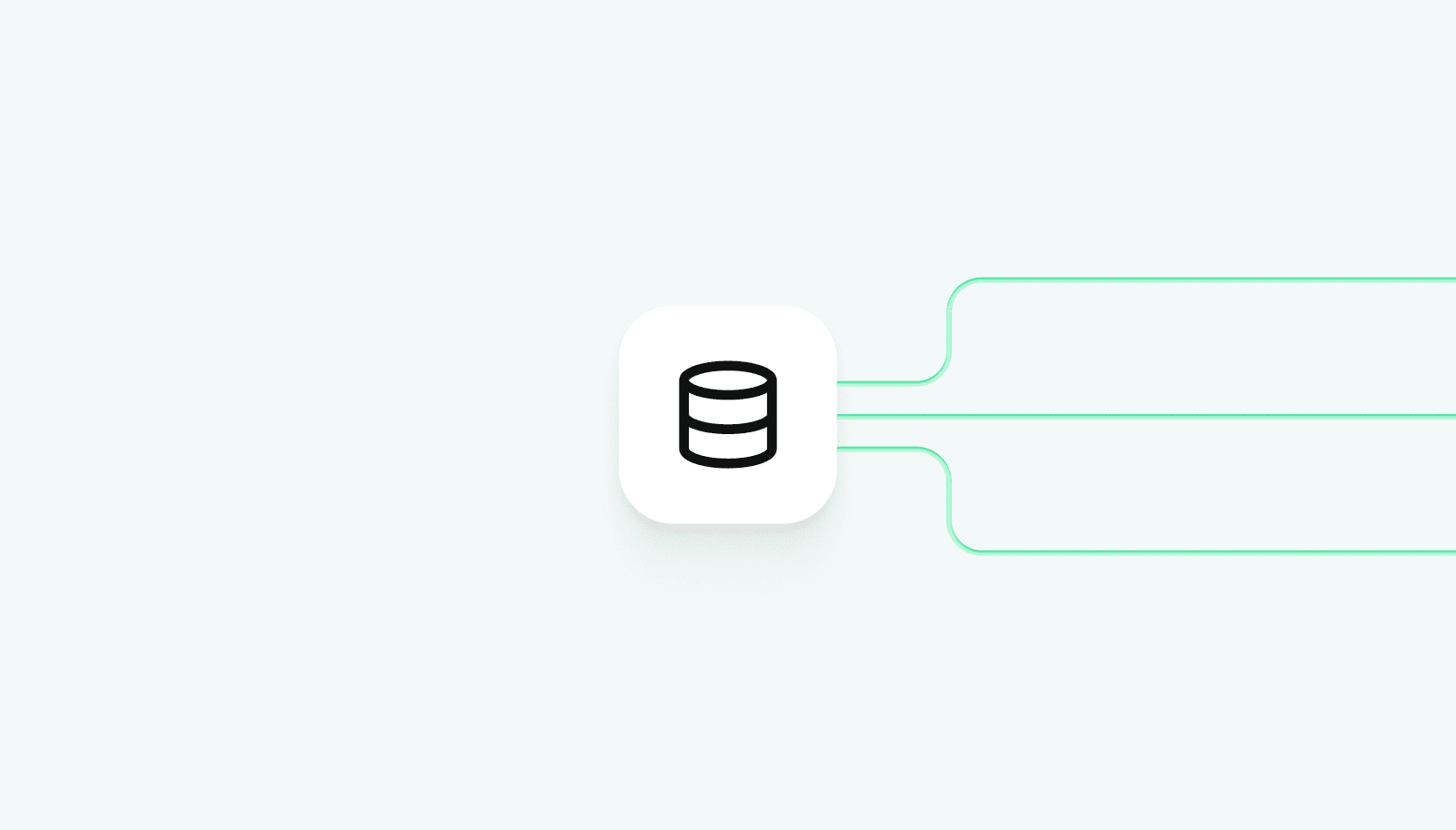
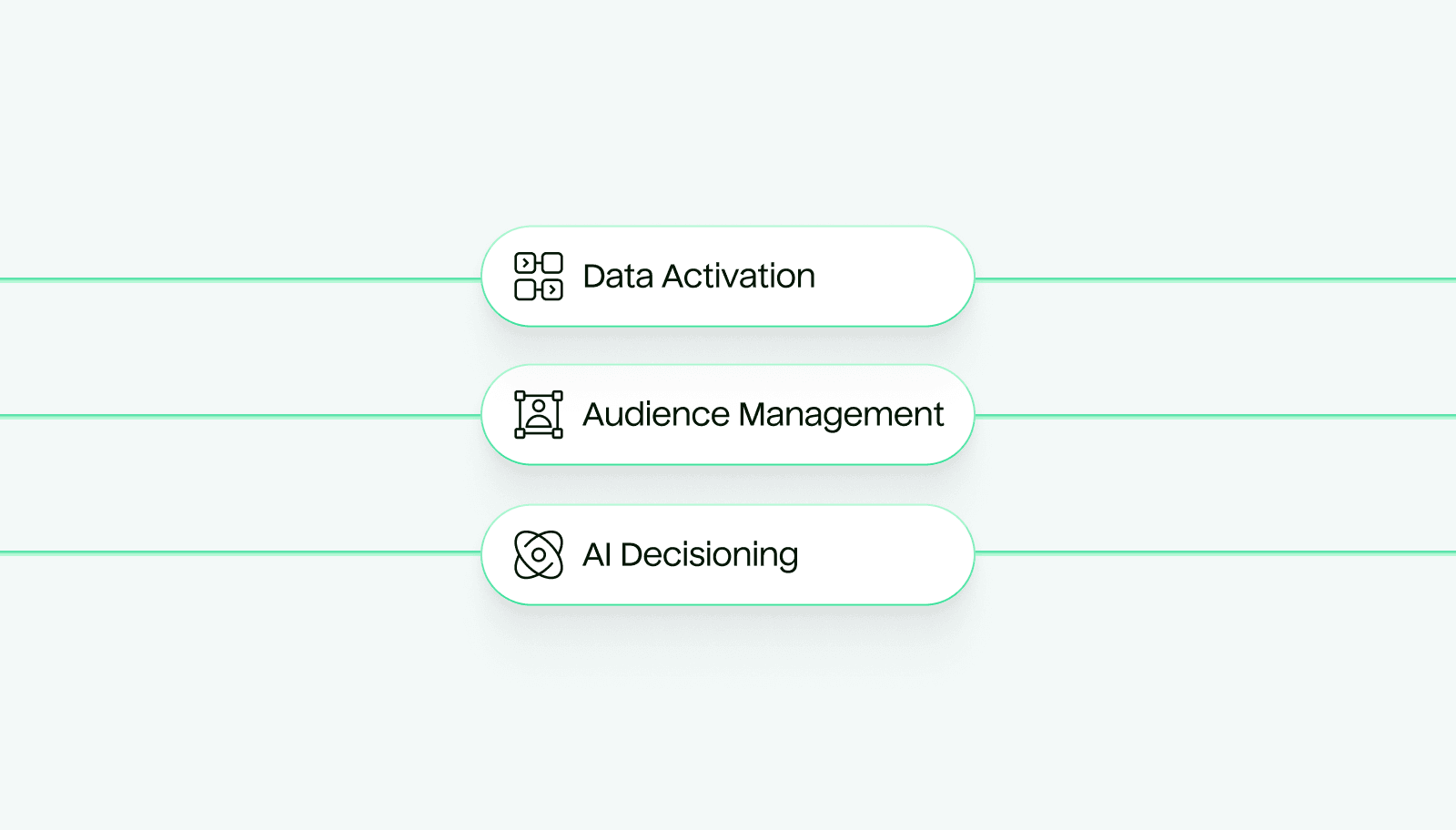
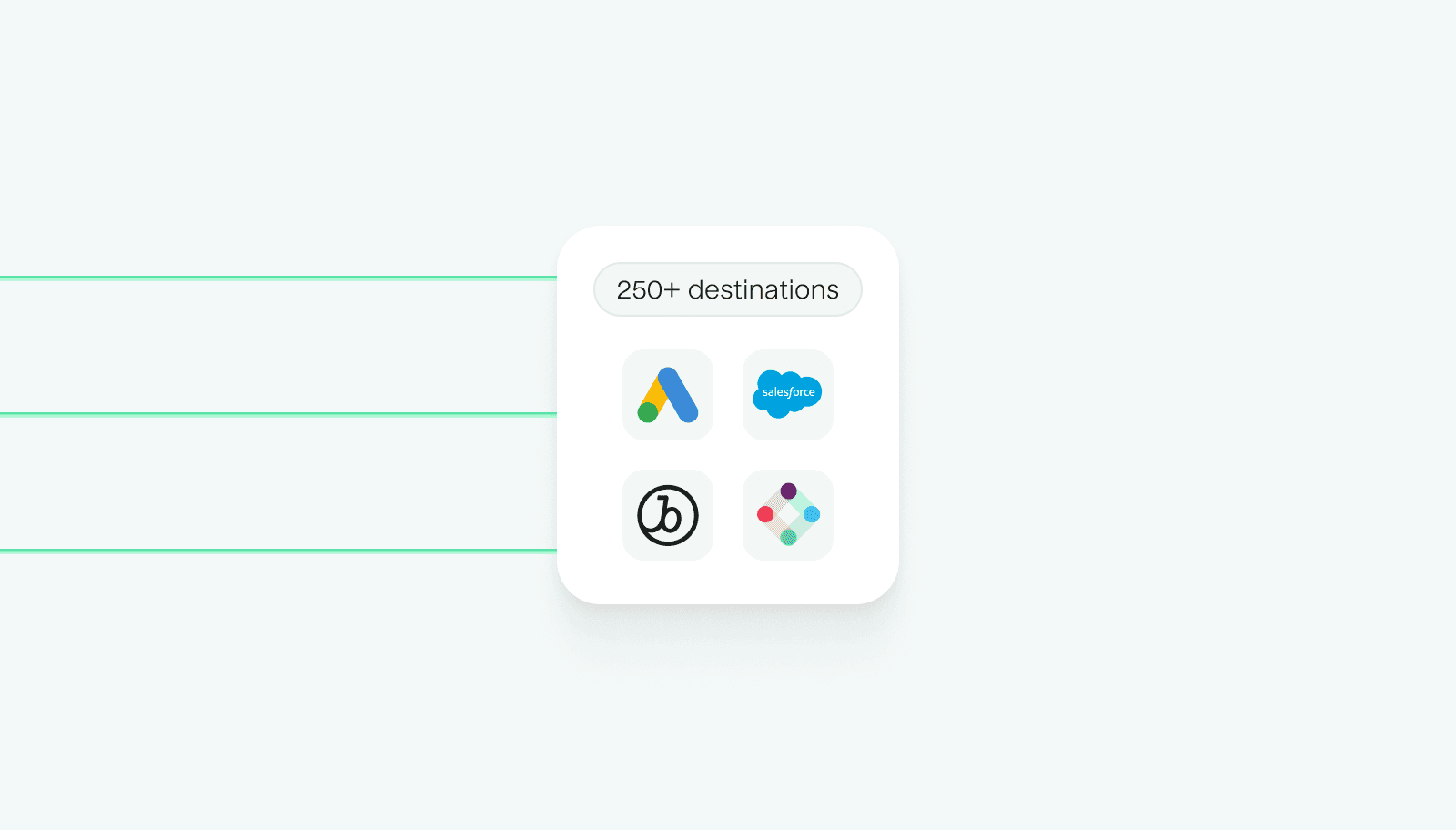
Leverage any data point in your warehouse – not just users, accounts, and events.
A complete CDP for D2C
Members
Overlap
High AOV shoppers who haven’t purchased
2,988 members
1,974 members
Cart abandoners (AOV > $100) 2,988
SMS & email subscribers 1,974
Member overlap 378 or 12.65%
Customer Data Platform resources
Explore Customer Data Platforms by industry
Discover why leaders across all industries and adopting CDPs and how they are taking action on their customer data to drive engagement and revenue.
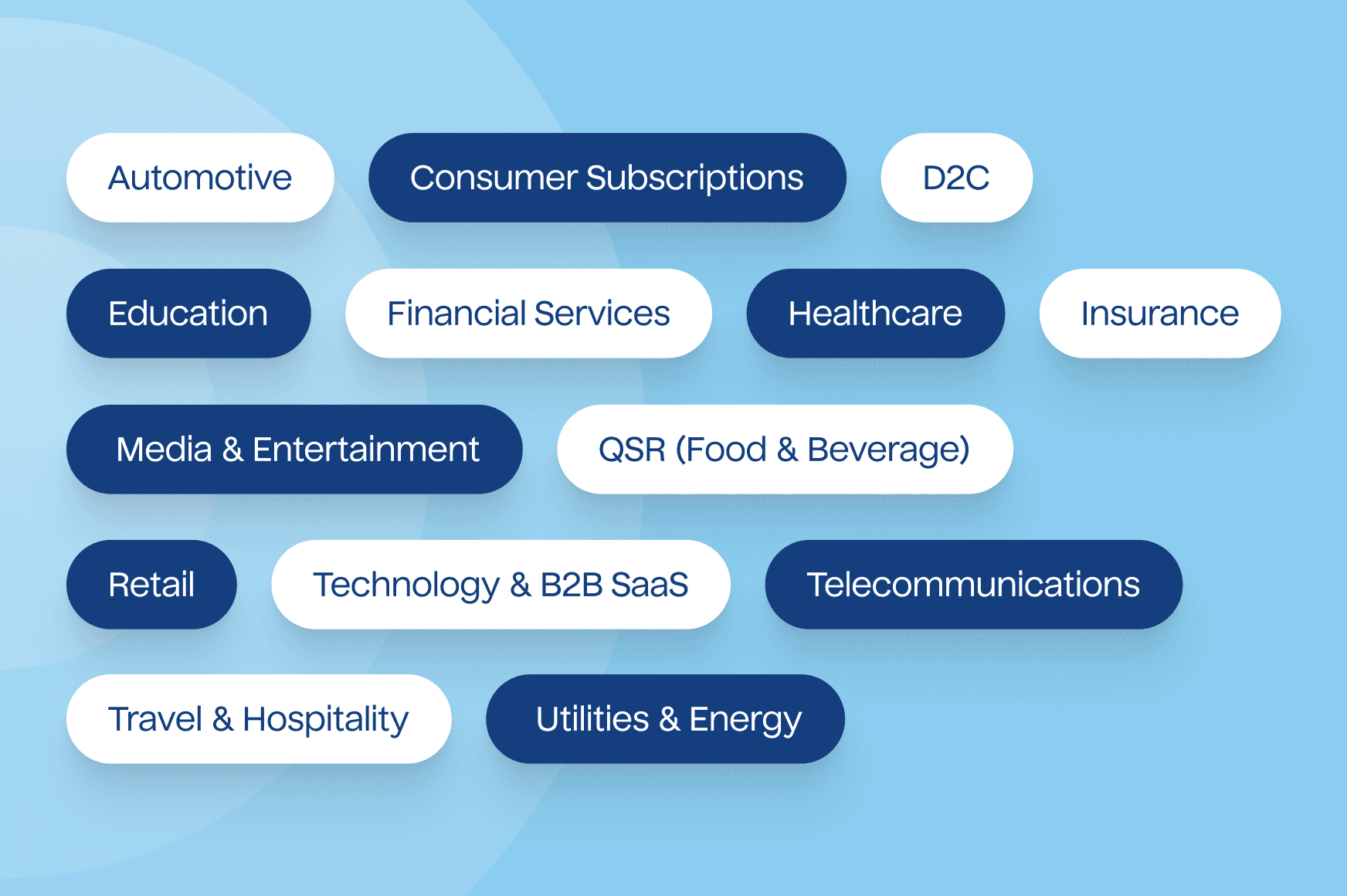
Connect to 250+ tools
Send any data to any tool. Skip building and maintaining pipelines, uploading CSVs, and having data silos across marketing, sales, customer success, finance, and analytics.


